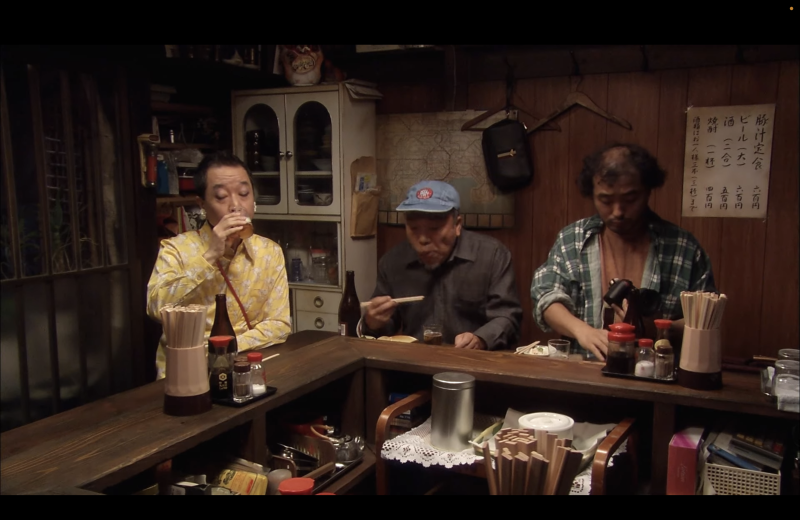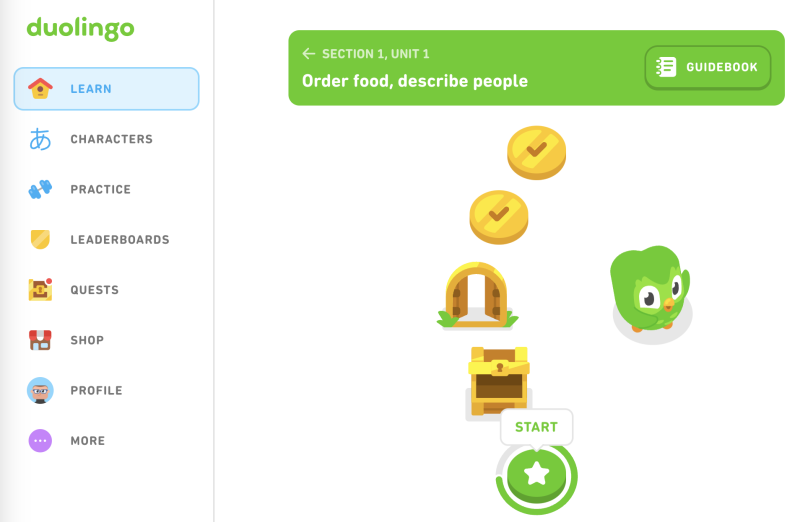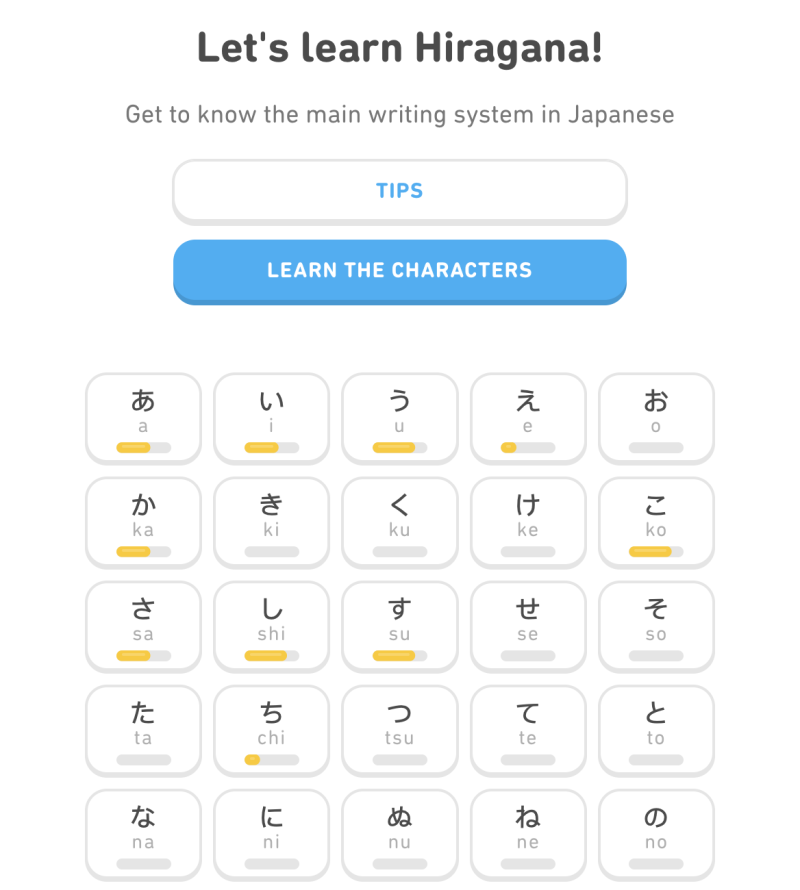Japanese is one of those languages that seems to fascinate many people, probably because of the enduring popularity of manga and anime series becoming globally available. Studio Ghibli have certainly promoted interest in Japanese language and customs.
Although I'm a fan of Studio Ghibli films, it was a surprise find on Netflix called Midnight Diner that really inspired me to start learning japanese.
First released in 2009, it had a run of three seasons on its original japanese network plus an additional two seasons commissioned by Netflix, released in 2016 and 2019.

It's a show that is largely based within a tiny restaurant hidden in a back street of Tokyo that is only open during the night. Each episode tells the story of a different customer of the diner, through indirect conversation at the bar around the kitchen and sometimes scenes set outside the diner.
I found the series fascinating because I felt it offered me a more realsitic window into Japanese life and culture (and the food looked wonderful). How real it was, I don't know because I don't have any native Japanese friends to ask but I still found myself wanting to learn Japanese so I could follow what they were really saying rather than relying on the subtitles.
If you're a Netflix subscriber, you can click here to watch Midnight Diner, or you can read about it on Wikipedia.
Hello Duolingo
In order to get started quickly, I'm using Duolingo. I'm not naive enough to believe that Duolingo is going to provide a solid foundation that will lead to fluency but it is a fun and relatively easy way to get started with a new language.
The trouble is, I'm already learning German and Chinese but I felt that I needed a break from them as I'd lost momentum because I hadn't figured out a learning framework to master those languages. I haven't given up on them as I want to speak both of them well.
Duolingo does a really good job of making foreign languages accessible through simple lessons that only take a few minutes and interactive exercises that help you to retain what you've learned. I like the practice exercises in particular as they help to refresh material learned previously rather than in the current section of lessons.
Duolingo Japanese has been improved
When I first tried to learn Japanese a few years back, the format was very different - Duolingo immediately pushed me to start learning and practicing Hiragana and Katakana (the two Japanese syllabaries used in Japanese besides the Kanjii pictographs). Just learning the characters in isolation wasn't fun at all and I soon abandonded the attempt.
 Now, the lessons take you straight into learning Japanese words and simple sentences with each character having its romaji equivalent displayed underneath. Romaji is the Japanese sound written in latin characters to help us western learners. I've immediately found this much more accessible and I'm enjoying learning it now.
Now, the lessons take you straight into learning Japanese words and simple sentences with each character having its romaji equivalent displayed underneath. Romaji is the Japanese sound written in latin characters to help us western learners. I've immediately found this much more accessible and I'm enjoying learning it now.
 It's still going to be necessary to learn the hiragana and katakana sets and those lessons are still available but within their own section. I've been jumping in and out of those too and, because they're no longer mandatory, I'm finding them much easier too.
It's still going to be necessary to learn the hiragana and katakana sets and those lessons are still available but within their own section. I've been jumping in and out of those too and, because they're no longer mandatory, I'm finding them much easier too.
Learning the characters seems to be based upon spaced repetition (or it could be totally random, I have no idea) but it rather than applying a tedious flashcard methodology, there's a number of different activities to keep things interesting. There's the basic match the character to the sound exercise but there's also opportunities to draw the character with your finger. The first attempt is guided (your marks stay within where the marks should be) but it's not long before you have to draw the full character yourself. Fortunately, Duolingo seems to be quite forgiving of sloppy character drawing. 😅
Going beyond Duolingo
Duolingo makes it fun to learn a foreign language but a common criticism of the app is that it doesn't lead to fluency.With that in mind, I'm going to be looking for other ways to develop my Japanese skills but right now, at my super-beginner level Japanese, I'm not sure it's such an issue.
I might try to support my learning with an audio course like Pimsleur as I've heard it can be good to get you talking in your target language. What I don't want is yet another app (especially the new crop of AI-powered apps that are spamming social media with their adverts recently).
What I am doing right now is writing down what I learn in Duolingo. I'm the sort of person that learns best by doing something. I think I've taken to learning languages much later in life because when i was younger, learning languages was largely a book-based exercise unless lessons were available in your region (for me, they weren't and I didn't believe I had the ability at the time).
I find writing down what I've practiced in the lesson seems to do more for my retention than anything else, especially if I sound out the words as I write them. I'm also trying to practice writing the hiragana that I've been learning but my characters would probably offend most Japanese people that saw them right now.
Making it a long-term activity
One aspect of my autism that I struggle with is being super-excited about something when it first catches my interest (obsessed even) but at any given moment, that obsession can be over and I'm left with little interest or desire to continue the activity.
If I'm going to ever attain fluency in any foreign language, I need to find a way to stay excited about learning that language.
I suspect some form of structure (beyond Duolingo's lessons) and being able to recognise that I'm progressing are key to maintaining that motivation. Maybe I should start drawing manga? 😄
I'll be updating this blog with my progress each week, largely as an additional opportunity to reinforce my learning.